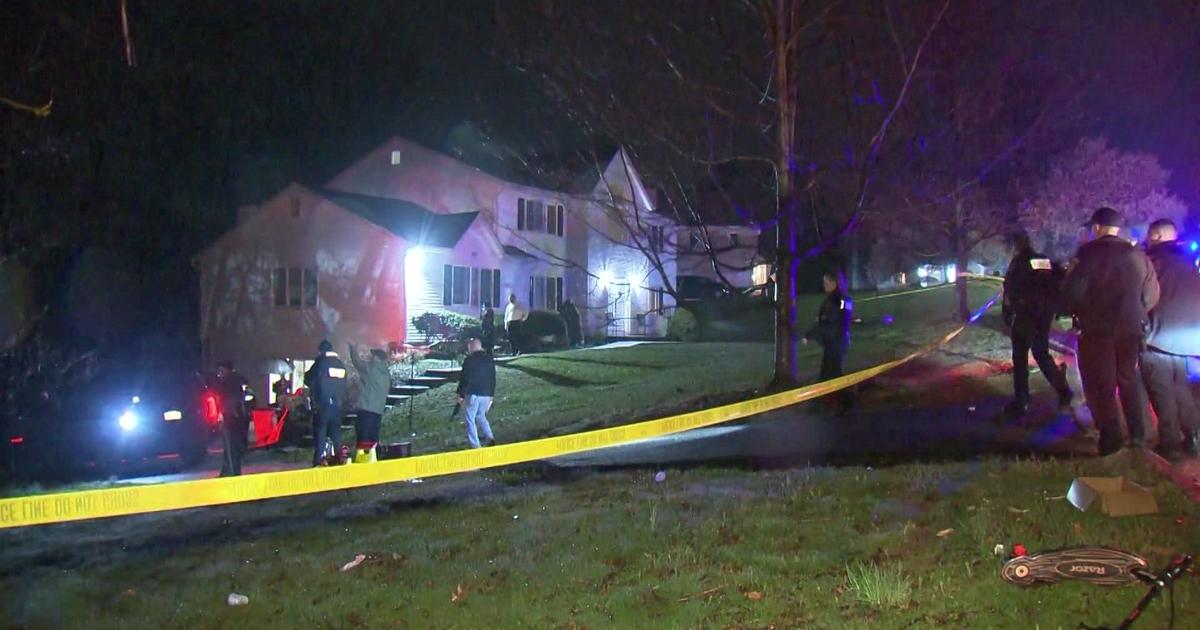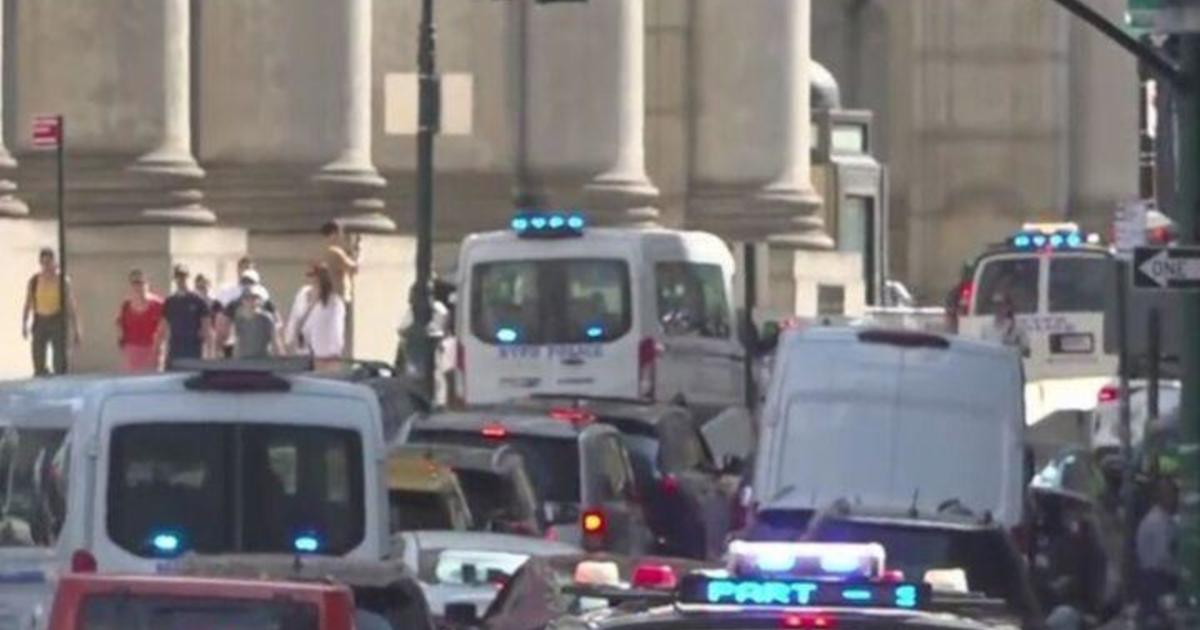CBS2 Investigates: NJ TRANSIT Trains Found Going Far Faster Than Advised Speeds
SECAUCUS, N.J. (CBSNewYork) -- Amtrak trains began rolling again Monday on the busy Northeast Corridor between New York and Philadelphia, but the National Transportation Safety Board investigation into a deadly derailment last week is far from over.
The NTSB said it is still too soon to determine the exact cause of the derailment last week, but has said the train was traveling twice the speed limit as it pulled into a curve before the crash in Philadelphia.
CBS2 wanted to find out how fast trains in our area are going, and Meg Baker went out with an array of technology to investigate.
First, Baker and her crew tested the equipment by calibrating and checking the technology. Baker tested the Speed-O-Meter app she was using for accuracy alongside the speedometer in a car – and found it to be pretty accurate.
Using the app and a radar gun along multiple routes, CBS2's Baker went out to test the rails of NJ TRANSIT, following complaints. She clocked a 72 mph train zooming through Secaucus Junction, and a 69 mph train speeding through South Orange – a smaller station.
According to an NJ TRANSIT safety worker, those speeds are too fast. Off camera, he said trains passing through a station should not exceed 60 mph.
Back in Secaucus, commuters complained about being jolted in their seats as the train went around the curve leaving Secaucus on the way to Penn Station.
"I kind of thought we were going kind of fast," one woman said after getting off the train.
"I think if it's coming near an area where they know they reach a curve, I think they should go less," another said.
And what about trains entering a station?
"By the time you're coming into the train station, you should be going no more than 20 or 25 miles an hour," said rail expert Robert "Buzz" Paaswell.
That speed is necessary for trains to make stops smoothly and safely, according to Paaswell, a distinguished professor of civil engineering at City College of New York.
But most trains spotted by CBS2 exceeded that speed. One train was seen pulling into Secaucus at 38 mph.
CBS2 repeatedly called NJ TRANSIT for an explanation, but the agency would not go on camera – giving very few details about speed limits or track conditions. NJ TRANSIT emphasized instead what train cars are capable of.
"Some rail cars have a maximum authorized speed of 100, with others 90," NJ TRANSIT wrote.
NJ TRANSIT said it spends $100 million annually for safety systems. The agency said engineers are certified and supplied with information, and supervisors ride with engineers at least five times a year.
But speeds are not posted like they are along highways. Right now, engineers must work from timetable schedules to keep adjusting their speeds.
"Time points – they should be in location A, location B and such and such a time, and they can tell by where the location is, what the average speed would be between them," Paaswell said.
That leaves a lot of room for discretion. U.S. Sen. Cory Booker (D-N.J.) said we're headed backwards.
"The Northeast Corridor rail trip from New York to Washington was quicker decades ago," he said. "It's had to slow down because of the lack of investment in infrastructure improvements."
So are our trains going too fast on old rail lines?
"We have to decide -- if we want a world-class rail system, it's going to take a lot more investment, rather than waiting after each accident and investing a little bit at a time," Paaswell said.
CBS2 on Monday continued to press NJ TRANSIT for answers, but it was not clear why they would not speak about exact speeds.
Baker said she rode the rails – including the tight curve from Secaucus to Penn Station – and felt her own body shift strongly in the seat. NJ TRANSIT would not answer whether the curve was a banked curve – meaning the outer edge of the train is higher than the inner as it passes through.
A banked curve would offset the train's center of gravity at high speeds.



